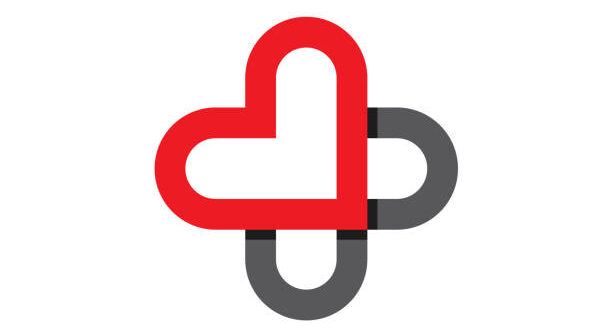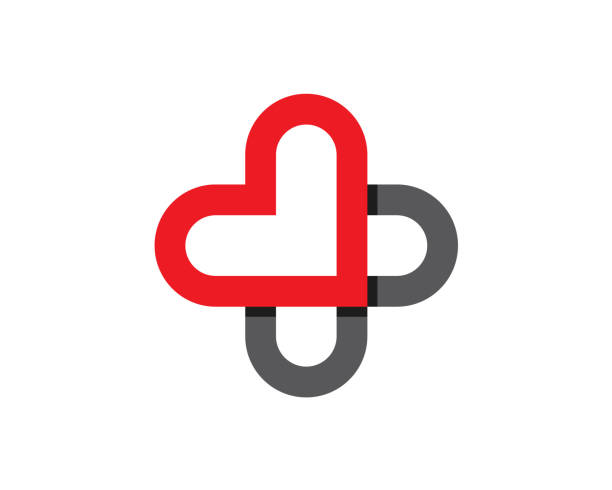
Nearly all leaders in the healthcare industry have a shared understanding that while AI will never replace workers’ lived clinical judgment, the technology can provide them with much-needed respite from administrative burden by handling non-value-added tasks, noted one health system executive.
Terry McDonnell, chief nurse executive at Duke University Health System, pointed out that by handling routine tasks, AI can free up clinicians to devote more time and attention to patient care.
“I’ve always said that I can teach a nurse a skill, but I can’t teach what sick sounds like on the phone. That’s lived experience, that’s learned experience, and that’s what the clinician brings. And I think those are the things that we need to focus on and make sure that people have the time and the bandwidth to really engage,” McDonnell declared.
She said this need to scale AI-driven task automation is more important than ever, given that the nation’s rising demand for care is colliding with a shrinking clinical workforce.
One major but oftentimes overlooked bottleneck is the shortage of faculty available to train new nurses, even as applications to nursing programs remain plentiful, she added.
These workforce challenges are one reason Duke has invested heavily in AI products designed to streamline tasks and improve patient outcomes. The health system builds some AI tools in-house while purchasing others from vendors, McDonnell said.
For instance, Duke uses an in-house AI model that monitors patient data from Epic to flag early signs of deterioration, giving care teams the advance warning they need to intervene, she noted.
“We’re upstream of it — we’re not reacting in an emergency. We’re proactively intervening when we see that the clinical condition may be changing, and that’s being driven by AI algorithms,” McDonnell explained.
Duke uses another internally developed AI tool that focuses on sepsis. It analyzes patient data to detect who could be at risk and triggers early treatment bundles before the condition progresses to a severe state.
The health system is also working with Artisight to embed computer vision in its hospital rooms, McDonnell stated. She said Duke is installing in-room cameras, which will work with AI algorithms to monitor fall risks and eventually automate documentation — such as recording a patient’s fluid output without a nurse ever having to write or dictate a note.
She also noted that Duke recently conducted an AI pilot with Microsoft’s Nuance, and it rolled out Abridge’s AI-powered clinical documentation platform earlier this year. While such tools have proven effective in reducing burnout for physicians working in outpatient and ambulatory settings, they are not yet fully optimized for the complexities of inpatient care, McDonnell said. However, she noted Duke is currently working on an inpatient documentation pilot with Abridge.
When it comes to the question of whether to build or buy, McDonnell said it depends on the problem that the health system is trying to solve.
All AI pilots at Duke begin with a problem statement, she noted. Then, leaders see if there is a solution on the market that addresses this issue, or perhaps a tool that one of their partners is already developing, such as Epic or Microsoft.
If there are no well-vetted solutions on the market, Duke then considers co-developing a solution with an external tech partner. And if that’s not an option, Duke sees if it can build a tool on its own leveraging its engineering school and IT capabilities, McDonnell said.
“We’ve got great internal strength in our own IT and development teams. We’re really lucky in that regard — not every system has that luxury,” she stated.
ooking ahead, McDonnell encouraged health systems to balance practicality with innovation when trying out new AI models.
“You can’t get excited about every bright, shiny toy that comes through the front door. But I also think that we’re starting to learn that we can pilot things, try things, and rapidly learn what’s going to work and what’s not going to work,” she remarked.
To McDonnell, AI success depends not on chasing the newest technology, but on choosing and refining the tools that truly ease clinicians’ workload and improve patient outcomes.
Photo: Yuichiro Chino, Getty Images





